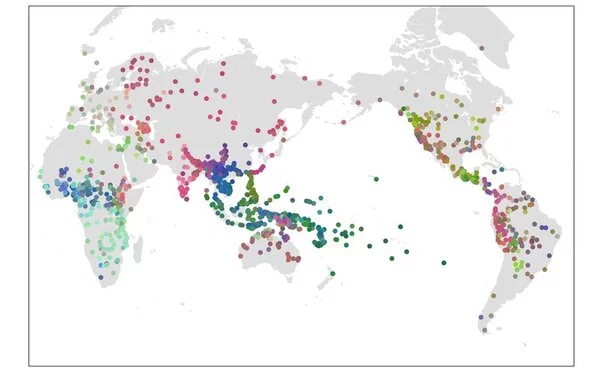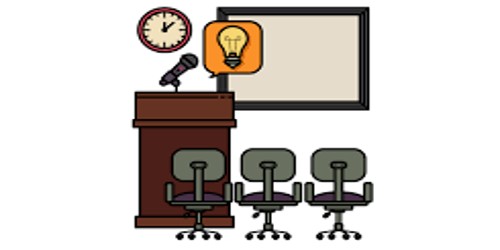When it comes to languages, the world is incredibly diverse. Over 7,000 languages are thought to be spoken around the world. The linguistic features, vocabulary, grammar, and cultural significance of these languages vary greatly.
What factors influence the structure of languages? An international team of researchers reports in a new study that grammatical structure is highly flexible across languages, shaped by common ancestry, cognition and usage constraints, and language contact. The Grambank database, which contains data on grammatical structures in over 2400 languages, was used in the study.
Linguists have long been fascinated by linguistic variation. What are the patterns that are shared or universal across languages? What is the extent to which they can differ? Some of these questions can be answered using Grambank, the world’s largest and most comprehensive database of language structure.
The design of the feature questionnaire initially required numerous revisions in order to encompass many of the diverse solutions that languages have evolved to code grammatical properties.
Hedvig Skirgård
Grambank was constructed in an international collaboration between the Max Planck institutes in Leipzig and Nijmegen, the Australian National University, the University of Auckland, Harvard University, Yale University, the University of Turku, Kiel University, Uppsala University, SOAS, the Endangered Languages Documentation Programme, and over a hundred scholars from around the world. Grambank’s coverage spans 215 different language families and 101 isolates from all inhabited continents.
“The design of the feature questionnaire initially required numerous revisions in order to encompass many of the diverse solutions that languages have evolved to code grammatical properties,” says Hedvig Skirgård, who coordinated much of the coding and is the lead author of the study.
Limits on variation
The group agreed on 195 grammatical properties ranging from word order to whether a language has gendered pronouns. Many languages, for example, have separate pronouns for ‘he’ and’she,’ but some also have male and female versions of ‘I’ or ‘you’. If grammatical properties could vary freely, the potential ‘design space’ would be enormous. Variability constraints may be related to cognitive principles rooted in memory or learning, making some grammatical structures more likely than others. Limits may also be due to historical ‘accidents,’ such as descent from a common language or contact with other languages.

The researchers discovered that the combination of grammatical features has far more flexibility than many theorists assumed. “Languages are free to vary considerably in quantifiable ways, but not without limits,” says Stephen Levinson, emeritus director of the Max Planck Institute for Psycholinguistics in Nijmegen and one of the Grambank project’s founders. “An indication of the extraordinary diversity of our sample’s 2400 languages is that only five of them occupy the same location in design space (share the same grammatical properties).”
Languages are much more similar to those with a common ancestor than to those with which they come into contact. “Genealogy generally trumps geography,” says Russell Gray, Director of Linguistic and Cultural Evolution and study senior author. “However, if the processes of linguistic evolution and diversification were repeated from the beginning, what we now have would bear some resemblance.” Because of the constraints of human cognition, there is a great deal of historical contingency in the organization of grammatical structures, but there are also regular patterns.”
Diversity under threat
“The extraordinary diversity of languages is one of humanity’s greatest cultural endowments,” Levinson concludes. “This endowment is under threat, particularly in Northern Australia and parts of South and Northern America.” Our linguistic window into human history, cognition, and culture will be severely fragmented unless we continue to document and revitalize endangered languages.”
The Max Planck Society maintains the Grambank database, which is an open-access comprehensive resource. “In terms of quantitative, large-scale, accessible data, it puts linguistics on par with genetics, archaeology, and anthropology,” Gray says. “I hope it will make it easier to investigate links between linguistic diversity and a wide range of other cultural and biological traits, such as religious beliefs, economic behavior, musical traditions, and genetic lineages.” Grambank’s connections to other aspects of human behavior will make it a valuable resource not only in linguistics, but also in the multidisciplinary endeavor of understanding human diversity.”
















